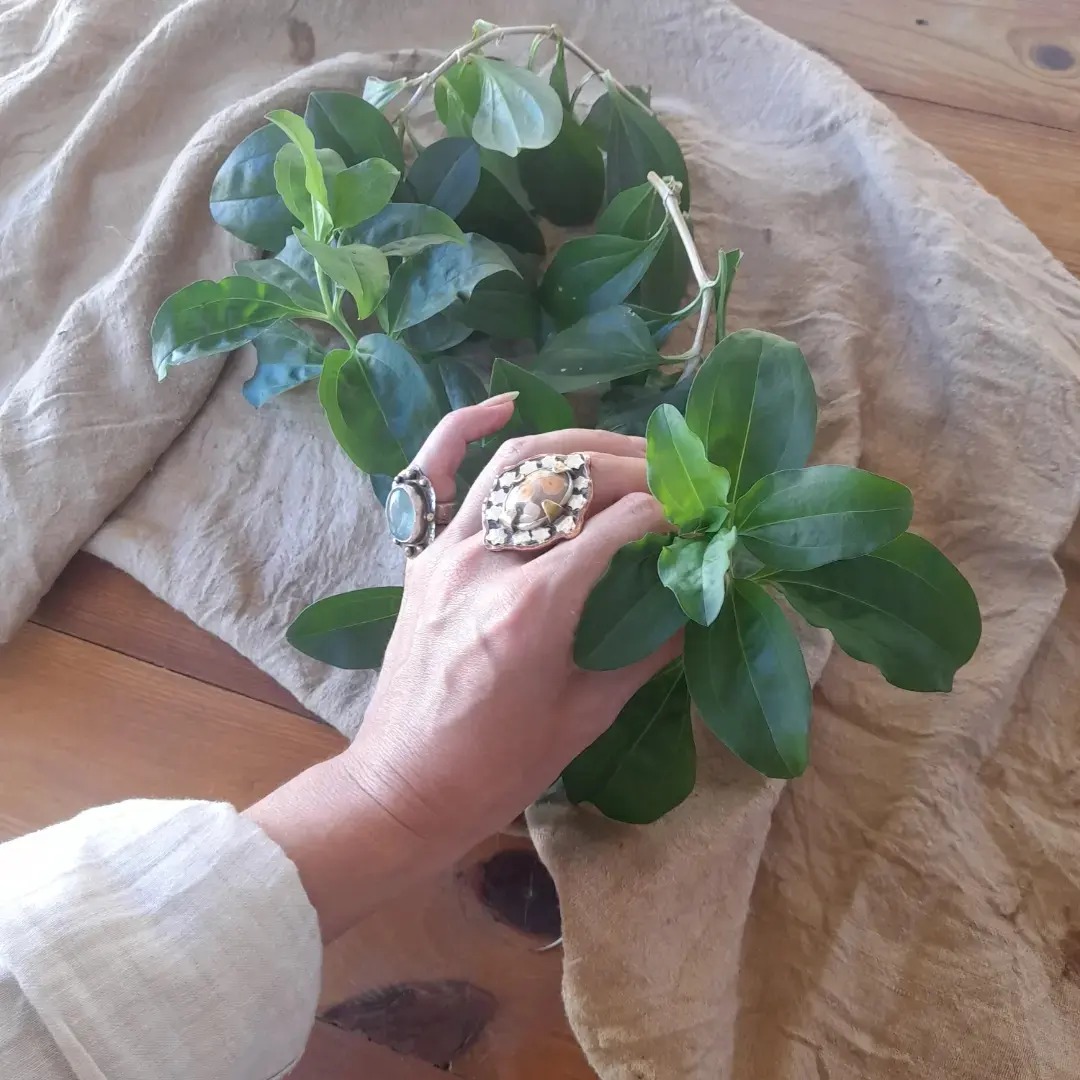I have been committed to using natural beauty products since about the age of thirteen, I would use henna in my hair, scented with nutmeg, and walnut washes between colourings. I have been using the same coffee and honey facemask/facewash recipe right up until this day, and nothing compares to how nice it makes my skin feel! It is also cost effective and creates less plastic waste, along with utilizing the loose coffee grinds from my coffee grinder.
This interest amplified over the last few years, due to developing a serious chemical sensitivity from working as a domestic cleaner, the over-exposure to chemicals like chlorine, made me so unwell that I was experiencing brain fog, migraines, breathing difficulty, swollen lymph nodes and extreme fatigue. It has left me having sometimes quite severe reactions, from just walking by someone in the street who is wearing too much perfume.
I have been tending to soapwort in my garden for some time now, it is very easy to grow, especially when you are sure to give it lots of plant food such as Powerfeed, moist soil and a part-sun, part-shade location.
It just needs to be noted that this handy plant, can cause issues around waterways and fishponds, due to the same saponins that make it a natural soap, it also cannot be consumed for the same reasons. So, I would recommend containing it to large pots or a raised garden bed where it cannot get out of control.

Keep in mind that natural homemade products are not going to be the same as the commercial bought ones that you are used to, and this soap is no exception. It will not lather anywhere near as much as a store-bought soap, but it also won’t dry out your skin like a store-bought soap either!
Now that is all out of the way, Let’s get started with what you will need.
Ingredients:
– You will need a about two cups of soapwort leaves, stalks, and roots (the roots contain the most saponins) do not worry about pulling up your plants, they are fairly fast growing and will propagate on their own, just be sure to leave enough of the plant so that it can replenish.
– Optional lemon, and herbs that you may like to add, such as mint. Lemon will brighten the skin and the herbs leave their own fragrance, along with whatever additional properties you want from them.
– Thyme oil as a natural preservative, this is a very strong smell so it is optional, the soapwort mixture will keep for a week or two in the fridge, so if you are making small batches, there is no real need for a preservative.
– Filtered water.
– A pot or pan that will only be used for this purpose, along with a spoon to stir the mixture.
– An old stocking or some cheesecloth for straining.
– At least a 500ml jar.
Method:
After harvesting your soapwort, rinse it off under some water, chop or tear it up into smaller pieces, crushing it with your hands.

Add the soapwort to your pot (that will only be used for this purpose), along with four cups of filtered water, your lemon, and herbs if you choose to add them, and then bring it to a gentle boil.

You will notice the water will start to thicken and become slightly soapy, when it reaches this point and the liquid has reduced slightly, turn off the heat and let it cool.
Place your old stocking or cheesecloth over the opening of a clean jar (pushing it in slightly so that the liquid does not bounce off the top and make a big mess), slowly pour in as much of the liquid as you can without the plant matter. Then put all the remaining soapwort, lemon and herbs into the stocking or cloth, and squeeze out the remaining liquid into the jar (do not skip this step, as all the best soapy goodness will be there).

If you choose to add a natural preservative, put 5 drops of thyme oil into the finished mix.
Label your jar clearly, including the date it was made, and store in the fridge for up to two weeks.
I like to pour a little on a shower glove, and then using it that way, as a liquid soap.
If you would like any recipes for natural skincare, haircare, or natural home-made perfumes, please send me a message or comment on this story.
You may also enjoy my story on making infused oils.







